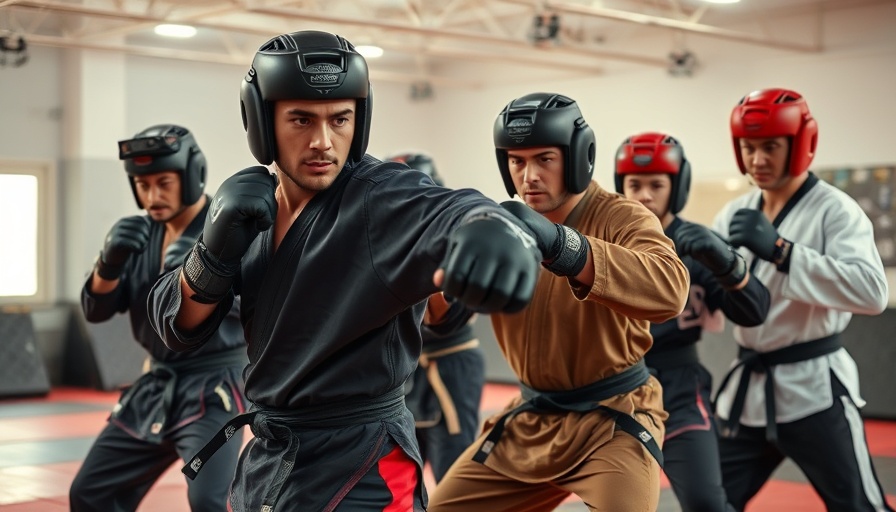
Essential Martial Arts Practices for Injury Prevention and Performance Enhancement
In the world of martial arts, particularly in disciplines like karate, the emphasis is not only on learning offensive and defensive techniques but also on ensuring the physical well-being of students. As practitioners—from children to adults—begin their martial arts journey, implementing preventative martial arts drills is crucial to safeguard against injuries and enhance performance.
The Importance of Injury Prevention in Martial Arts
Injuries can significantly disrupt training schedules and progression in martial arts. For students, especially young children and teenagers, sustaining an injury can lead to a lack of confidence, discouragement, and even withdrawal from the sport. Understanding the significance of injury prevention in martial arts training not only aids in learning effectively but also maintains the overall joy of training.
Combat Training Safety Routines
Effective martial arts training involves rigorous physical exertion. Therefore, implementing combat training safety routines is essential for maintaining physical resilience and avoiding injuries. Simple practices include warming up properly before sessions and cooling down afterward, which helps in adapting muscles to the stresses they are about to face.
Additionally, integrating martial arts flexibility and injury prevention techniques can improve overall performance. Stretching and flexibility drills contribute to better movement efficiency during practice and reduce the likelihood of strains and sprains.
Combat Sports Safety Protocols
For practitioners involved in sparring, understanding combat sports safety protocols cannot be overlooked. Wearing protective gear like mouth guards, shin guards, and appropriate footwear prevents injuries during intense training sessions. Moreover, sparring with partners of similar skill levels ensures a reduced risk of accidental harm.
Sports Injury Mitigation Strategies
Implementing comprehensive sports injury mitigation plans can benefit martial artists across various age groups and skill levels. For instance, novice students should engage in tailored injury avoidance routines that emphasize basic techniques in a controlled environment. This approach builds confidence and reduces the possibility of injuries while fostering a supportive community of learners.
Conditioning for Injury Reduction
Physical conditioning plays a vital role in fortifying the body against injuries. Practitioners should integrate martial arts conditioning for injury reduction routines that focus on core strength, flexibility, and cardiovascular fitness. High-intensity interval training (HIIT) can also be beneficial for young martial artists, conditioning their bodies to endure physically demanding situations effectively.
Mindset: The Mental Focus for Martial Arts Safety
A crucial, often overlooked, aspect of injury prevention in martial arts is mental focus. Developing a sharp mental approach enables students to execute techniques with precision while being aware of their surroundings, which can prevent accidental injuries. Practicing mindfulness can enhance this aspect of training, enabling martial artists to stay present and aware.
Long-term Benefits of Injury Prevention Techniques
Incorporating these strategies fosters a culture of safety and care within martial arts, ensuring that practitioners, from children to adults, not only advance in their skills but also enjoy their training journey. Injury prevention workshops and training sessions improve the overall experience within martial arts schools while encouraging a lifespan dedication to physical fitness and self-defense.
Conclusion: A Call to Action
With the variety of risks associated with martial arts training, it's imperative for students and instructors to prioritize injury prevention strategies. From personal experience, I witness in my workshops how proper training methods empower students to excel while ensuring their safety. Thus, I invite all martial arts instructors and students to implement these practices in their routines today, maintaining a focus on both skill development and personal safety.
 Add Row
Add Row  Add
Add 




Write A Comment